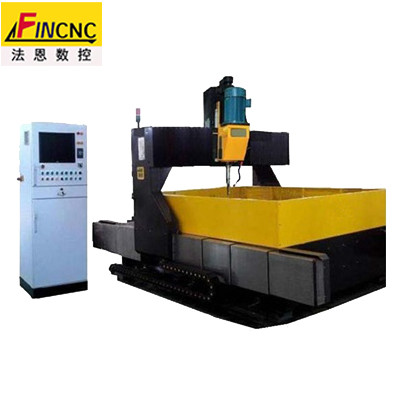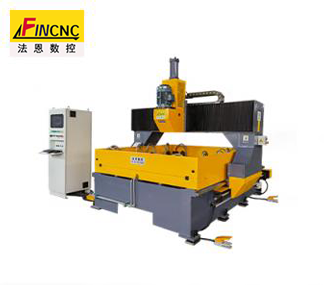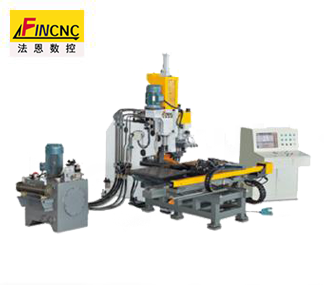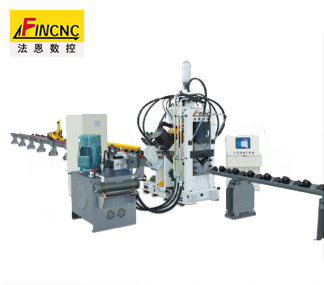Working principle of CNC plane drill
CNC plane drill is a high-efficiency CNC drilling machine, which is used for processing flanges, heat exchangers, tube sheets and connecting plates of iron towers and steel structures in wind power, boiler, petroleum, chemical, nuclear power equipment and other industries. The traditional technology to realize the processing of these holes is to use the radial drilling machine with manual marking, and drill the holes one by one, which has the disadvantages of poor precision, low efficiency, high labor intensity, and unguaranteed stability. In addition, with the increase of labor costs in recent years, processing companies realize that these problems must be solved through automation and intelligence of equipment.
The working principle of plane drilling CNC plane drilling power supply adopts 3-phase AC, 50HZ, 380±10V power supply, and the three phase lines are connected to the main power switch QF0 of the power distribution cabinet; Reliable connection. When the grid voltage exceeds the above-mentioned requirement range, the user must add a voltage stabilizing device to meet the requirements, otherwise the machine tool cannot be used. The CNC surface drilling machine must have a good grounding protection device, and the machine tool must be connected to the protective grounding wire before connecting the power line. The general grounding point of the machine tool is on the grounding copper bar of the electrical component vertical plate, and there are jumper protective grounding wires between all moving parts of the machine tool and the grounding copper bar. The machine tool must be grounded safely with a separate wire, and the grounding resistance is less than 4. Ω.
SIEMENS808D/ADCNC realizes the control of Bystronic high-speed plane drill to plane drill, including CNC unit, SIEMENS AC servo system and spindle rotating motor.
The CNC plane drill can control the movement of the gantry or the power head through the hand wheel, and drag the tool setting tool to align the origin of the workpiece.






